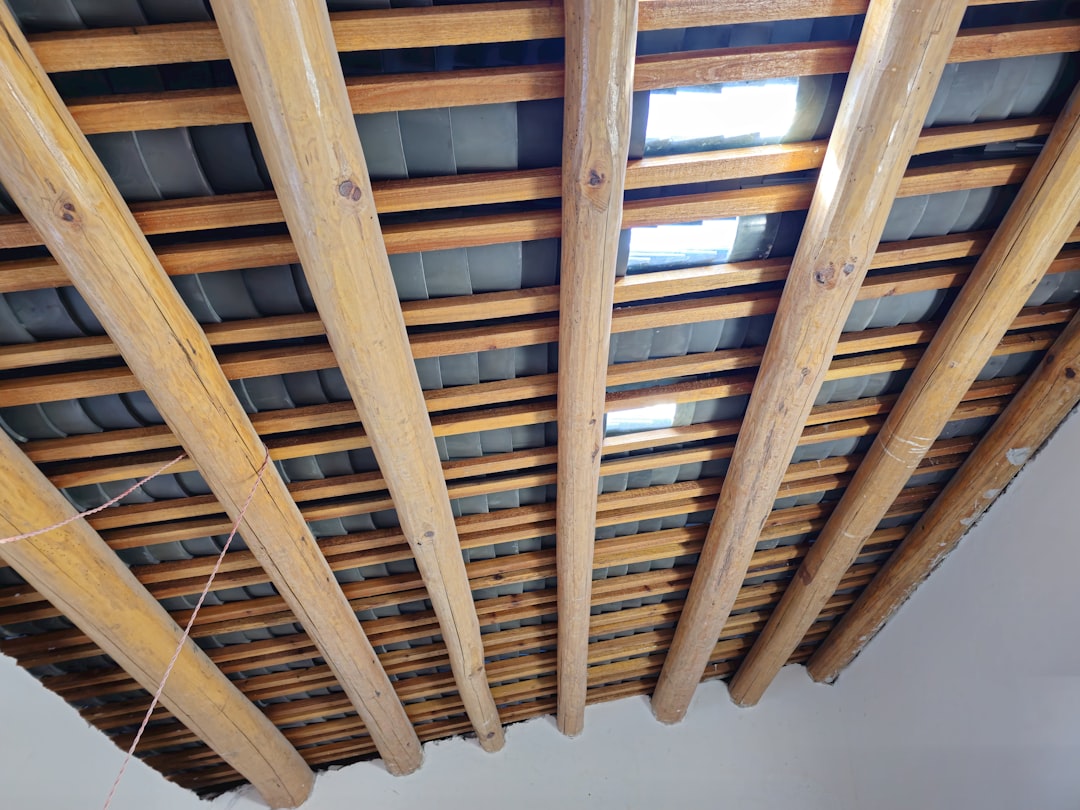
For construction professionals, understanding the cost to install a drywall ceiling is crucial for accurate project planning. The cost typically ranges from $2.25 to $4.10 per square foot, including hanging, taping, sanding, and priming. In high-labor markets, such as coastal California, costs can reach $5.00 per square foot for Level 5 finishes. Accurate estimates protect your budget and schedule.
Ceilings account for 15-20% of interior drywall surfaces in homes. Overhead work reduces labor productivity by 25-35% compared to walls, increasing costs. Accurate forecasting prevents budget overruns during taping, mudding, and painting.
1. Square Footage – Smaller rooms cost more per foot due to fixed setup and cleanup times.
2. Ceiling Height – Heights above 9 ft require additional equipment, increasing labor hours and rental fees.
3. Framing Condition – Uneven joists may require shimming or furring, adding to costs.
4. Board Type & Thickness – Standard 1/2-in gypsum is cheapest; specialty boards cost more.
5. Finish Level – Level 3 is common for garages; Level 5 is typical for high-end homes.
6. Location & Access – Difficult access increases handling time and disposal fees.
Based on extensive projects, costs range from $2.25 to $4.10 per square foot. Higher rates apply in areas with elevated labor costs.
Materials (35-40%)
Labor (60-65%)
1. Open a session in the app.
2. Describe room dimensions and finish level.
3. AI references real-time pricing in your area.
4. Labor adjusts for complexity factors.
5. Receive a detailed PDF estimate.
DIY Considerations
Professional Advantage
Ready to get started? Visit CountBricks.com for a detailed estimate.

A 1920s Craftsman in Los Angeles required a ceiling retrofit. The project involved 850 sq ft of ceiling with 10 ft heights and vintage fixtures.
For similar results, visit CountBricks.com for an estimate.